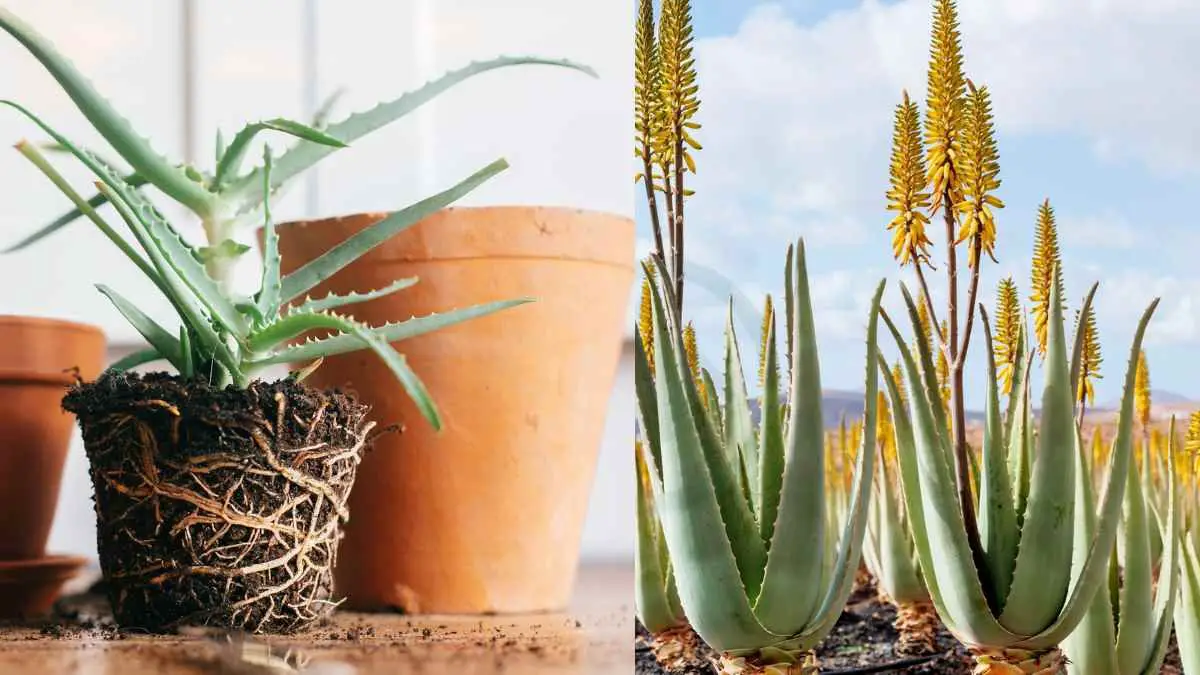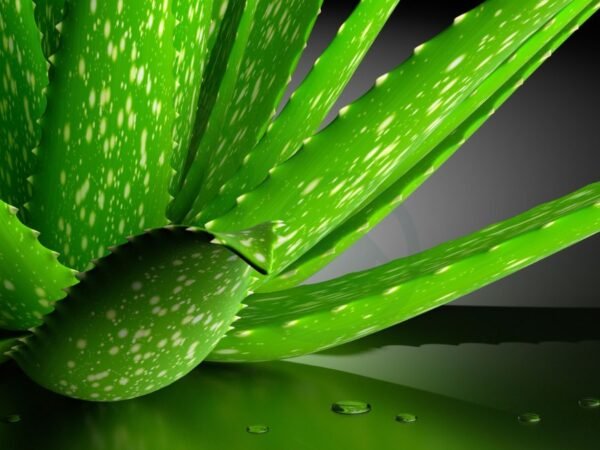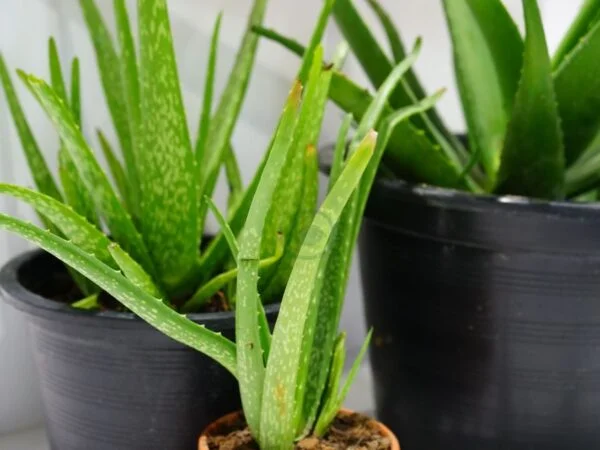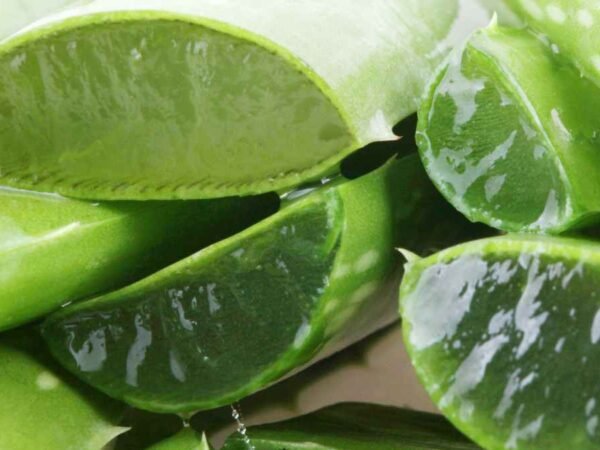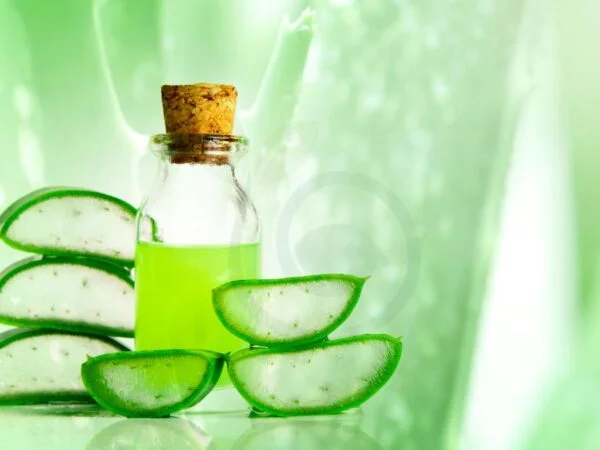Aloe vera, a plant with a rich historical background dating back centuries, is not only known for its beauty but also for its numerous health and skincare benefits. Whether you choose to grow it indoors or outdoors, aloe vera, a succulent plant, thrives as a houseplant in various environments and requires minimal maintenance. This versatile plant is a popular choice for many due to its soothing gel that can be used to treat sunburns, moisturize skin, and even promote hair growth. With its origins tracing back to ancient Egypt and its continued popularity in modern times, aloe vera, known as the succulent plant, remains a staple mother plant in households worldwide.
Key Takeaways
- Grow aloe vera indoors for easy access to its benefits, but ensure it gets enough sunlight.
- For outdoor planting, choose a sunny spot with well-draining soil to promote aloe vera growth.
- Propagate aloe vera by division or offsets to expand your plant collection.
- To care for aloe vera, water sparingly, provide adequate sunlight, and watch out for signs of overwatering.
- Harvest aloe leaves by cutting them at the base and utilizing the gel for various health and beauty purposes.
- Troubleshoot aloe issues like root rot by adjusting watering habits and ensuring proper drainage.
Aloe Vera Basics
Indoor vs Outdoor
When deciding between indoor and outdoor growth, consider your region's climate for the best location. Move aloe outdoors during summer in cooler regions to benefit from natural sunlight. Ensure adequate light conditions for aloe plants grown indoors.
Types of Aloe
Explore different aloe species such as Aloe vera and Aloe arborescens to diversify your collection. Each aloe type boasts unique characteristics that cater to varying preferences and care abilities. Choose an aloe variety that aligns with your preferences and level of care.
Preparing to Plant
Soil Selection
To prevent root rot, opt for well-draining soil when planting aloe. Consider using Miracle-Gro® Cactus, Palm & Citrus Potting Mix for optimal growth results when growing aloe, especially aloe species. For in-ground planting, mix Miracle-Gro® Garden Soil for Cactus, Palm & Citrus with native soil.
Pot Types
Select pots with proper drainage holes to ensure adequate water drainage for aloe plants. Choose pots slightly larger than the plant's current size to accommodate growth. Terracotta or ceramic pots are ideal choices for planting and displaying aloe plants.
Watering Needs
Water aloe sparingly to prevent overwatering, which can lead to root rot. Adjust the watering frequency based on whether the plant is located indoors or outdoors. Regularly check the soil moisture levels to determine the appropriate watering schedule.
Growing Aloe Indoors
Ideal Conditions
Light Requirements
- Place aloe in bright indirect light indoors.
- Provide light shade for outdoor aloe plants, especially in hot regions.
- Ensure adequate sunlight exposure for healthy growth.
Temperature Range
- Keep aloe plants indoors when temperatures drop below 50°F.
- Plant aloe in partial shade in zones 9 to 10 for outdoor survival.
- Protect aloe from extreme temperature fluctuations.
Potting and Repotting
Choosing a Pot
- Select pots made of breathable materials.
- Consider the pot size based on the plant's root system.
- Choose pots that complement your indoor or outdoor decor.
Repotting Steps
- Repot aloe when roots outgrow the current pot.
- Use fresh well-draining soil during repotting.
- Handle the plant gently during the repotting process.
Common Indoor Challenges
Overwatering Signs
- Look for mushy or discolored leaves as signs of overwatering.
- Monitor soil moisture levels regularly.
- Adjust watering frequency to prevent overwatering.
Pest Management
- Inspect aloe plants regularly for pests like mealybugs or aphids.
- Treat pest infestations promptly with natural remedies or insecticidal soap.
- Maintain good plant hygiene to prevent pest problems.
Growing Aloe Outdoors
Climate Considerations
When growing aloe outdoors, it's crucial to consider your local climate. Adjust care routines according to seasonal climate changes for optimal growth. Protect aloe plants from frost or extreme heat to ensure their well-being.
Outdoor Planting Tips
Sunlight Exposure
- Provide adequate sunlight for healthy aloe growth.
- Avoid direct sunlight exposure during the hottest parts of the day.
- Monitor aloe plants for signs of sunburn or sun damage.
Watering Schedule
- Establish a consistent watering schedule for aloe plants.
- Adjust watering frequency based on seasonal changes.
- Use the "soak and dry" method to water aloe effectively.
Seasonal Care
Winter Protection
During winter in colder regions, bring outdoor aloe plants indoors. Provide additional insulation for aloe plants in winter months. Monitor indoor aloe plants for changes in watering needs during winter.
Summer Maintenance
Increase watering frequency during hot summer months. Provide shade for outdoor aloe plants to prevent sun damage. Monitor aloe plants for signs of dehydration in summer.
Propagating Aloe Vera
Leaf Cuttings Method
To propagate aloe plants, start by using leaf cuttings. After cutting, allow the pieces to callus before planting in soil. Maintain proper humidity levels throughout the leaf cutting propagation process.
Replanting Offsets
Separation Process
- Carefully separate aloe offsets from the main plant.
- Plant these offsets in well-draining soil to ensure healthy growth.
- Keep an eye on the separated offsets for any signs of stress or dehydration.
Planting Offsets
- Optimal growth is achieved by planting aloe offsets in individual pots.
- Provide newly planted offsets with indirect light to promote development.
- Water the offsets sparingly to prevent issues like root rot.
Growth Timeline
Understanding the typical growth stages of aloe plants is crucial. Monitor growth milestones closely to assess the overall health of your plant. Make necessary adjustments to care routines based on the plant's current growth stage.
Aloe Vera Care Tips
Fertilizing Schedule
Feeding aloe plants with succulent-specific fertilizer after a month of planting is crucial. Follow feeding instructions for optimal growth and avoid over-fertilizing to prevent imbalances.
Pruning Techniques
Trim dead or damaged leaves to promote new growth effectively. Utilize clean, sharp tools when pruning aloe plants for the best results. Prune during the active growing season for optimal outcomes.
Blooming Encouragement
Light Exposure
Provide adequate light exposure to ensure healthy aloe growth indoors or outdoors. Adjust light levels based on the plant's location and monitor for signs of inadequate exposure.
Nutrient Needs
Understand the essential nutrients necessary for aloe plant growth to thrive. Ensure balanced nutrition through appropriate fertilization methods and monitor for nutrient deficiencies regularly.
Harvesting Aloe Leaves
Best Practices
To ensure successful harvests, maintain proper aloe plant care by providing adequate sunlight and well-draining soil. Remember to water your aloe vera plant sparingly, as it thrives in dry conditions. Research the specific care requirements for your aloe variety to promote optimal growth and leaf production. Seeking guidance from experienced gardeners can offer valuable insights and additional tips for nurturing your aloe plant effectively.
Usage Ideas
Topical Application
Utilize aloe vera gel for its remarkable benefits in skincare. The gel is renowned for its hydrating properties, making it an excellent natural moisturizer. Incorporate aloe vera gel into your daily skincare routine to experience its soothing effects on the skin's surface.
Internal Use
Consider the potential health advantages of consuming aloe vera juice. This juice is known for promoting digestive health and providing essential hydration to the body. However, it is crucial to consult healthcare professionals before integrating aloe vera juice into your diet regimen for personalized advice and safety precautions.
Troubleshooting Aloe Issues
Yellowing Leaves
Aloe plants may develop yellowing leaves due to overwatering, inadequate sunlight, or poor drainage in the soil. Adjust watering schedules by allowing the soil to dry out between waterings. Ensure adequate sunlight exposure for healthy leaf coloration. Monitor the plant's progress closely after making these adjustments to observe improvements.
Stunted Growth
Stunted growth in aloe plants can result from root-bound conditions, lack of nutrients, or insufficient sunlight. Check the plant's roots for overcrowding and consider repotting into a larger container if necessary. Address nutrient deficiencies by fertilizing the plant with a balanced fertilizer suitable for succulents. Monitor the plant's growth after taking these corrective actions to track improvements.
Root Rot Prevention
Prevent root rot in aloe plants by using well-draining soil that allows excess water to drain away easily. Adjust watering practices to avoid waterlogging, as soggy soil can lead to root rot development. Regularly inspect the plant for early signs of root rot, such as mushy or discolored roots, and promptly take preventive measures to save the plant from further damage.
Recommended Products
Soil Mixes
When planting aloe vera, consider mixing Miracle-Gro® Cactus, Palm & Citrus Potting Mix with native soil. Opt for soil mixes with excellent drainage to support aloe plant growth effectively.
Fertilizers
For optimal nutrition, use succulent-specific fertilizers on your aloe plants. Follow recommended fertilizing schedules to ensure healthy growth without causing nutrient imbalances.
Pots and Planters
When selecting pots for your aloe plants, prioritize those with proper drainage to prevent waterlogging. Decorative pots can enhance your indoor or outdoor space while choosing breathable materials promotes healthy root growth.
Final Remarks
Incorporating aloe vera into your indoor or outdoor gardening routine can offer a myriad of benefits. From its easy maintenance and air-purifying qualities to its healing properties, aloe vera is a versatile plant that can thrive in various environments. By following the guidelines outlined in this post, you can successfully grow, propagate, and care for your aloe vera plant, ensuring it flourishes and provides you with its valuable gel whenever needed.
Now that you have the know-how to cultivate and nurture your aloe vera plant, why not take the next step and start your own aloe garden today? Whether you choose to keep it indoors as a natural remedy or showcase it in your outdoor space for its ornamental beauty, integrating aloe vera into your plant collection can enhance both your living environment and well-being. Happy planting!
Frequently Asked Questions
Can aloe vera be grown both indoors and outdoors?
Yes, aloe vera can thrive both indoors and outdoors. Indoor aloe plants need bright, indirect sunlight, while outdoor ones prefer partial shade. Ensure well-draining soil for both environments.
How do I propagate aloe vera successfully?
To propagate aloe vera, gently remove offsets from the main plant and allow them to dry for a day. Plant the offsets in well-draining soil and water sparingly until they establish roots.
What are some essential care tips for aloe vera plants?
Provide well-draining soil, water only when the soil is dry, place in bright light (indoors) or partial shade (outdoors), and avoid overwatering. Aloe vera plants are low-maintenance but thrive with proper care.
When is the best time to harvest aloe leaves?
Harvest aloe leaves as needed by cutting them close to the base of the plant. Choose mature, thick leaves from the outer rows for optimal benefits. Harvesting can be done throughout the year.
How can I troubleshoot common issues with my aloe vera plant?
Yellowing leaves indicate overwatering, while brown spots may signal sunburn or fungal diseases. Adjust watering frequency, ensure proper light exposure, and treat any pests promptly to maintain your plant's health.
Image Source: Paid image from CANVA

